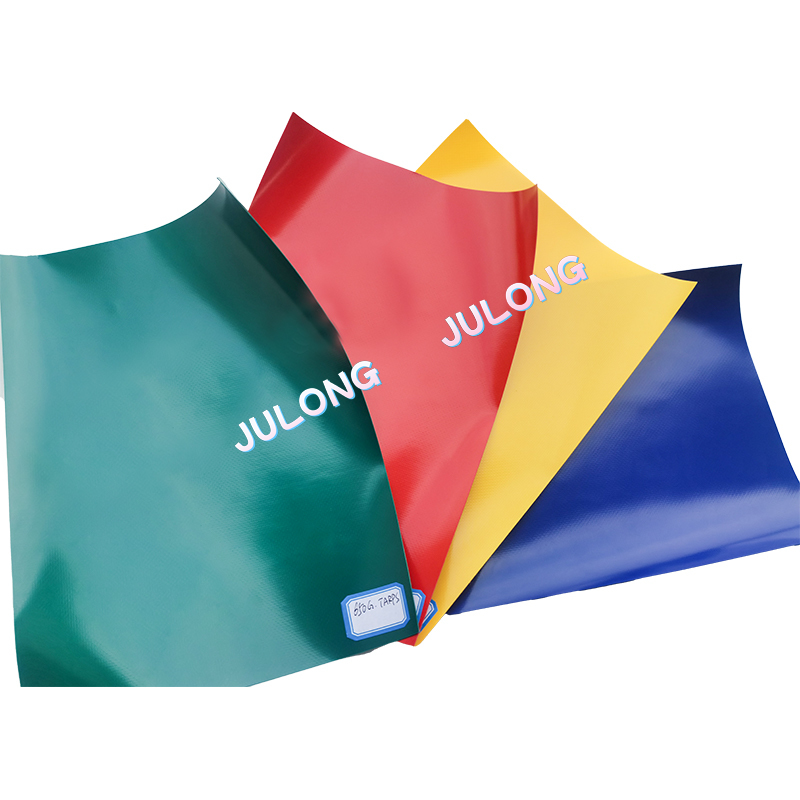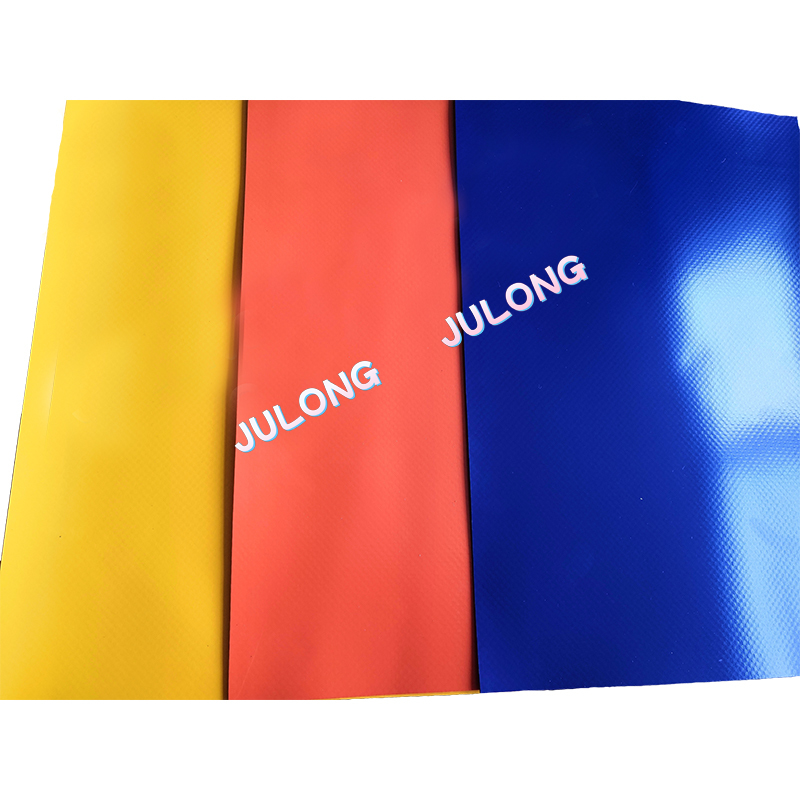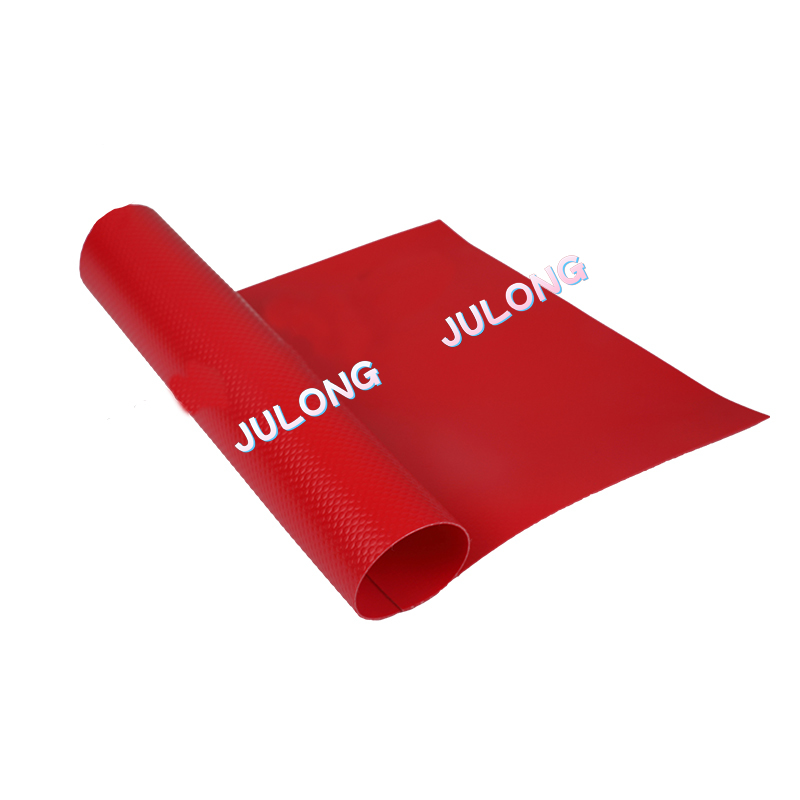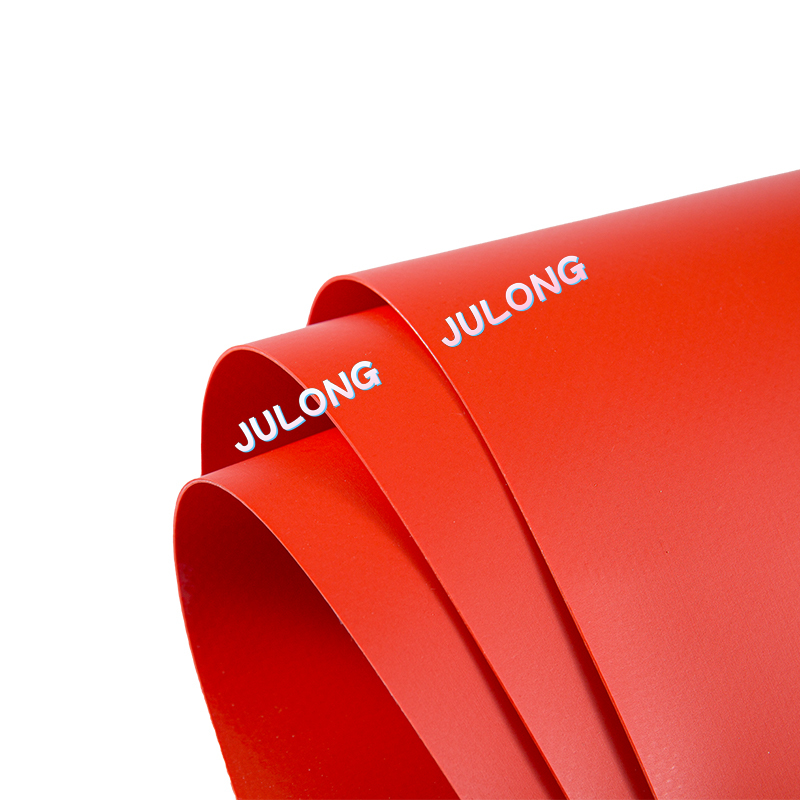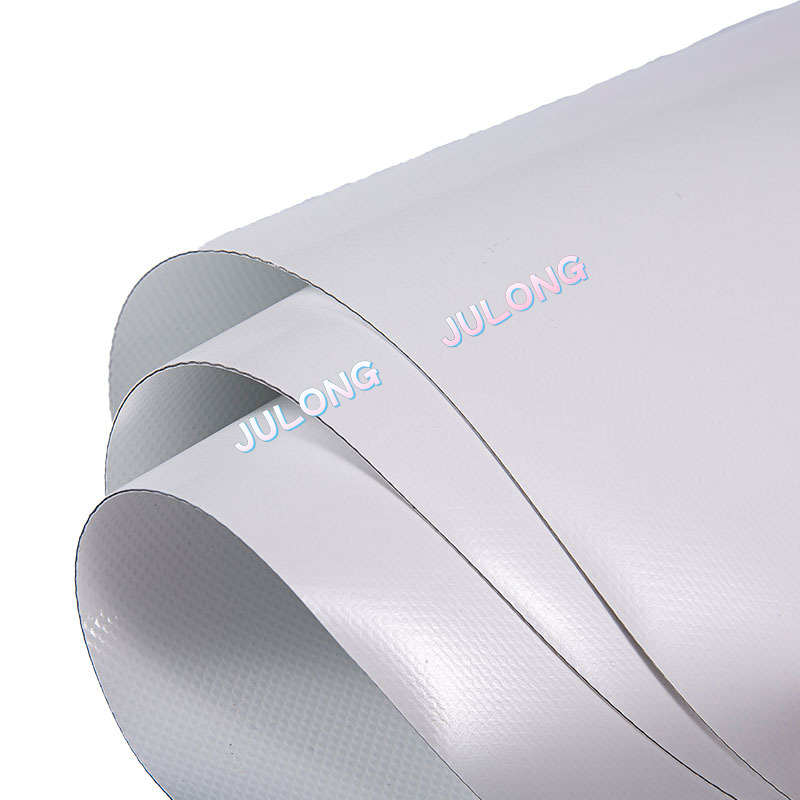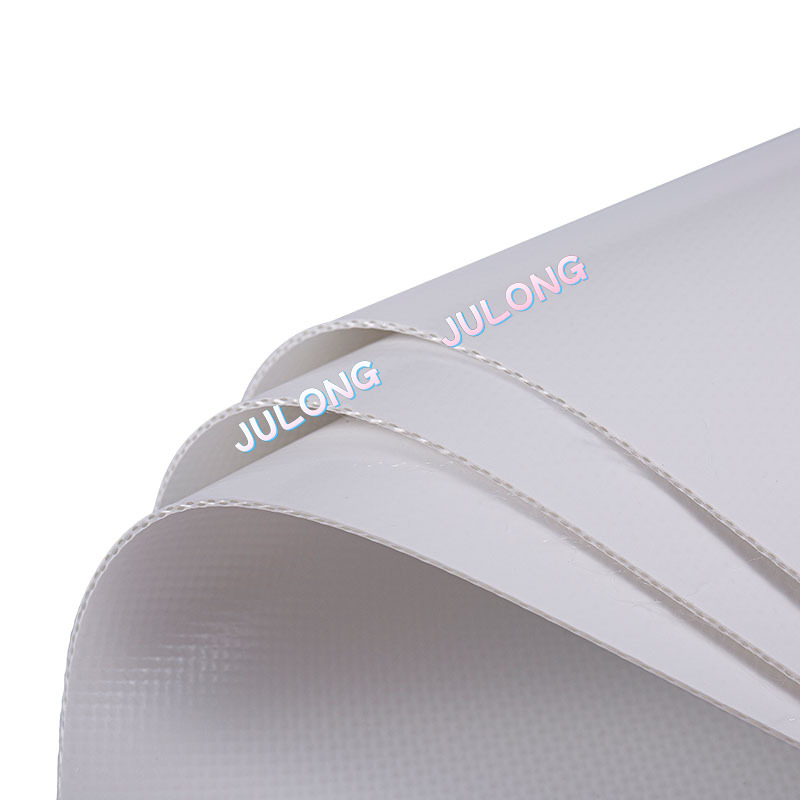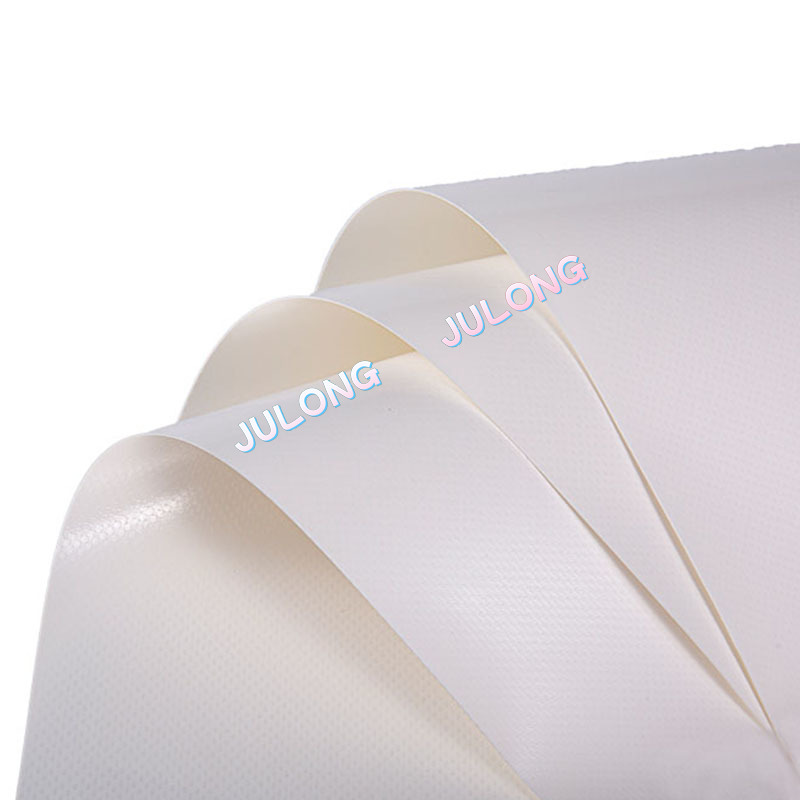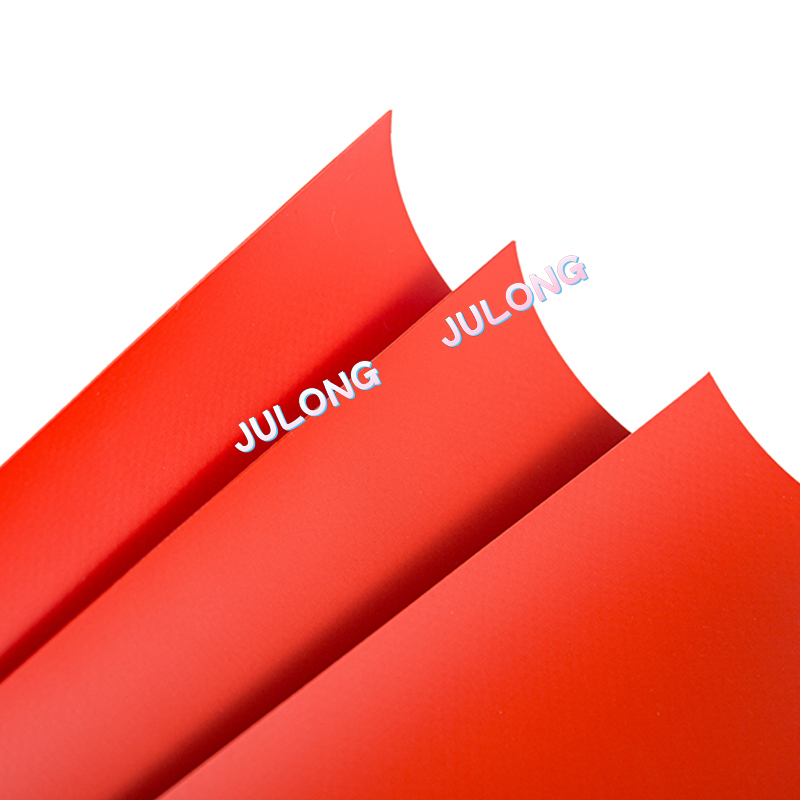The openness factor of PVC-coated polyester mesh fabric plays a crucial role in determining its performance characteristics, particularly in terms of visibility, airflow, and light transmission. The openness factor is a measure of how much of the fabric is open space or mesh, expressed as a percentage. Here's how the openness factor impacts the fabric's performance and visibility:
Visibility:
Higher openness factors result in greater visibility through the fabric. This is beneficial for applications where maintaining visibility, such as through windows or in outdoor spaces, is important.
Light Transmission:
The openness factor influences the amount of natural light that can pass through the fabric. Higher openness allows more light to filter through, creating a bright and naturally illuminated space.
Airflow and Ventilation:
Openness factors also affect the fabric's breathability and airflow. Fabrics with higher openness allow more air to pass through, promoting better ventilation. This can be advantageous in applications where air circulation is desirable, such as in shade structures.
Solar Heat Gain:
The openness factor can impact solar heat gain—the amount of solar energy transmitted through the fabric. Higher openness may reduce solar heat gain, making the fabric suitable for applications where minimizing heat buildup is a consideration.
Privacy:
Lower openness factors provide more privacy, as less of the space is open mesh. This makes fabrics with lower openness suitable for applications where privacy is a priority, such as in residential or commercial spaces.
Wind Resistance:
The openness factor can influence the wind resistance of the fabric. Fabrics with higher openness may offer less wind resistance, making them suitable for applications where some airflow is desired, such as in outdoor environments.
Aesthetic Appearance:
The visual appearance of the fabric is influenced by its openness factor. Fabrics with higher openness may have a more open and airy appearance, while lower openness factors result in a denser and more solid look.
Glare Reduction:
Fabrics with higher openness factors can contribute to glare reduction by diffusing sunlight and minimizing direct glare. This is particularly beneficial in applications where screen visibility or eye comfort is important.
Insect Protection:
Fabrics with a high openness factor may be less effective in preventing the entry of insects compared to fabrics with lower openness. Considerations for insect protection may be relevant in certain applications.
UV Protection:
The openness factor can impact the level of UV protection provided by the fabric. Fabrics with higher openness may allow more UV rays to pass through, while those with lower openness offer more effective UV protection.
The choice of openness factor depends on the specific requirements of the application. For instance, outdoor shading applications may benefit from higher openness for improved airflow and visibility, while indoor privacy considerations may favor lower openness factors. When selecting PVC-coated polyester mesh fabric, understanding the openness factor and its implications helps in choosing a fabric that aligns with the desired performance characteristics.




 English
English عربى
عربى